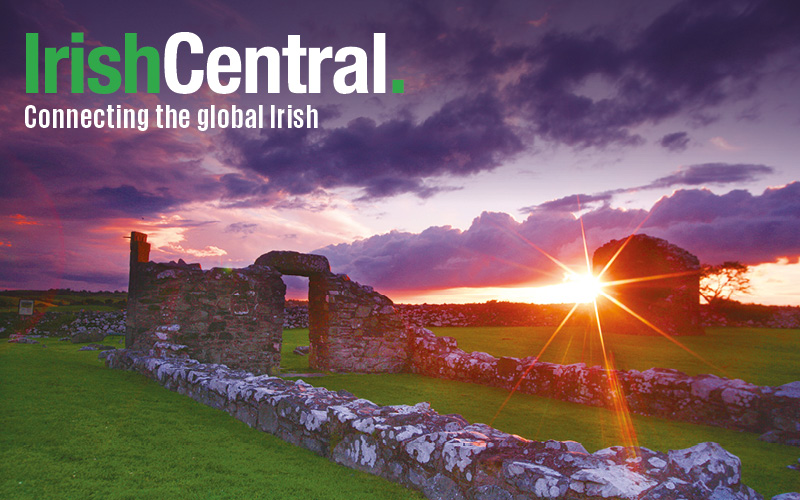The name Thomas Frye is virtually unknown, yet this talented man was one of the foremost eighteenth century portrait painters. He was commissioned to paint senior British Royals and, to quote from his epitaph, was “the inventor and first manufacturer of porcelain in England.”
His title as “the inventor and first manufacturer of porcelain in England” may not have been achieved, however, had it not been for a deal he struck with the Cherokee Indians in the 1740s.
Thomas Frye was born in Edenderry, Co. Offaly in 1710. As a young man, he went to England where, in accordance with the custom of the time, he became an apprentice artist to James Latham.
It appears that his talent was recognized in royal and aristocratic circles and in 1734 he was commissioned by the Worshipful Company of Saddlers to paint a full-length portrait of Frederick, Prince of Wales, which he completed in 1736 and subsequently engraved in mezzo-tint and published in 1741.
He painted the portraits of numerous members of the aristocracy and the merchant classes. He also painted philosopher Jeremy Bentham and also became a life-long friend of English painter Sir Joshua Reynolds.
By 1744, Frye was aware that the British upper classes purchased their porcelain directly from China and he toyed with the idea of manufacturing porcelain in England on a mass production basis for the less well-to-do.
He carried out experiments with various types of clay and finally decided that the most suitable kaolin was that found in the territory of the Cherokee Indians in Virgina with whom he drew up a contract.
In 1749, he was involved in the establishment of New Canton, a porcelain factory in Bow, London, where he spent the next fifteen years of his life.
Amongst his products were figurines of the top show business personalities of the day, such as the popular actor and actress Henry Woodward and Kitty Clive. Those can be seen in Collins Barracks in Dublin.
It could be argued that it was his decision to use that particular kaolin which was crucial to the development of his project in Bow, London and consequently to the production of porcelain in England.
In 1744, after striking the deal with the Cherokee, he applied for a patent for his particular style of porcelain production in conjunction with merchant, entrepreneur, and fellow co-founder of the Bow porcelain factory, Edward Heyleyn.
It is clear from the terms of the patent that the Frye firmly believed the kaolin in the territory of the Cherokee had qualities that would enable him to produce china or porcelain of equal if not better quality than that of China!
The application read that Frye sought a patent for “a new method of manufacturing a certain mineral whereby a ware might be made of the same nature, or kind and equal if not exceeding in goodness and beauty, china or porcelain ware imported from abroad. This material is an earth, the produce of the Cherokee nation in America.”
However, the heat and dust of the furnaces seriously affected Frye’s health and he retired from the business in 1759.
He spent a year recuperating in Wales, appears to have recovered, returned to London and resumed his work as a portrait painter in oils and crayon. The primary difference was that he now concentrated on his specialty which was mezzo-tinting.
Frye added his own touch of individuality to this technique and produced a number of almost life-sized heads from his own drawings which he published in 1760 and 1761.
Amused by the engaging portraits by Thomas Frye in the Ireland exhibit @artinstitutechi pic.twitter.com/fxXmkOnWB0
— Zoe Rei (@MoveTrue) April 7, 2015
Yet, the years spent at the furnaces took their toll and Thomas Frye died of consumption on April 2, 1762.
Frye’s paintings, prints and mezzo-tint engravings are on exhibition in such prestigious surroundings as the Royal Collection and the Tate Gallery, London; the New York Metropolitan Museum of Art; the National Library of Australia in Canberra; the Art Institute of Chicago; and the Chester Beatty Library, Dublin while his porcelain figurines feature in the Curator’s Choice Section in the Museum at Collin’s Barracks and in the Burrell Gallery in Glasgow.
Surely the time has come for Ireland to commemorate – in an appropriate manner – the life and achievements of Thomas Frye who “…had the correctness of Van-Dyck and the coloring of Rubens…” (An Epitaph, Gentleman's Magazine, 1764).




Comments